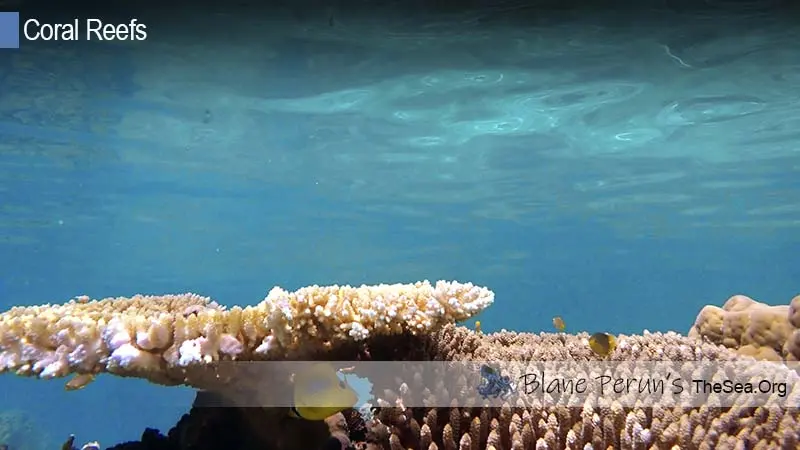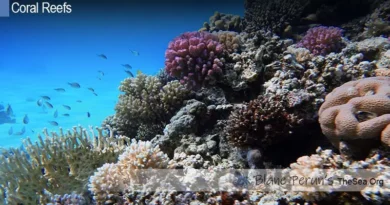Where Do Atoll Reefs Occur
Table of Contents
Where Do Atoll Reefs Occur: A Dive into Nature’s Marvels
Atoll reefs, nature’s aquatic masterpieces, are a wonder to behold. Found in the warm, sunlit waters of the tropics, these ring-shaped coral formations are more than just picturesque seascapes. They are the culmination of thousands of years of ecological evolution and geological activity. Atolls are primarily located in the Pacific and Indian Oceans, with some of the most famous examples being the Maldives, the Marshall Islands, and the Lakshadweep Islands. Their occurrence is tied to volcanic activity, where coral reefs develop around a sinking volcanic island, eventually forming the atoll’s characteristic ring shape.
Formation of Atoll Reefs: The Geological Underpinnings
The Role of Volcanic Activity in Atoll Creation
Understanding the formation of atoll reefs requires a dive into their geological roots. Initially, a volcanic island emerges from the ocean. Over time, coral reefs begin to grow around its perimeter in the shallow, sunlit waters. As the volcanic island slowly sinks back into the ocean, a process that can take millions of years, the coral continues to grow upwards. This growth maintains the reef close to the water’s surface, eventually forming the classic atoll structure we see today: a ring of coral enclosing a lagoon where once a volcanic island stood. The process is a remarkable testament to the dynamic nature of Earth’s geology and the adaptability of coral ecosystems.
Ecological Significance of Atoll Reefs
Biodiversity Hotspots in Tropical Waters
Atoll reefs are not just geological wonders; they are biodiversity hotspots. These reefs support a wide variety of marine life, serving as habitats for numerous species of fish, mollusks, birds, and marine mammals. The intricate coral structures offer shelter and food resources, creating a thriving ecosystem. The warm, clear waters of atolls, rich in nutrients, provide ideal conditions for coral growth and the sustenance of diverse marine species. This biodiversity is crucial for the health of our oceans and has significant implications for marine research and the understanding of aquatic ecosystems.
Conclusion
Atoll reefs are fascinating structures that occur in specific tropical regions of our planet. Their formation is a slow yet captivating process involving volcanic activity and coral growth. Beyond their beauty and geological interest, atolls play a critical role in supporting marine biodiversity. They are living laboratories for scientists and a source of wonder for nature enthusiasts.
FAQs on Atoll Reefs
1. How long does it take for an atoll reef to form? It can take millions of years for an atoll reef to form. The process begins with a volcanic island, around which coral starts to grow. As the island slowly sinks, the coral continues to grow upwards, maintaining its position near the ocean surface, eventually forming an atoll.
2. What types of marine life are commonly found in atoll reefs? Atoll reefs are home to a diverse array of marine life, including various species of fish, crustaceans, mollusks, sea turtles, and sometimes sharks. These ecosystems also support numerous types of coral and sea birds.
3. Are atoll reefs found in all tropical oceans? While atoll reefs are predominantly found in the Pacific and Indian Oceans, they can occur in any tropical ocean environment where the conditions are right for their formation, which includes warm, shallow waters and volcanic activity.
4. What is the difference between an atoll and a barrier reef? The main difference lies in their formation. An atoll forms around a sinking volcanic island and eventually becomes a ring-shaped reef with a central lagoon. A barrier reef, on the other hand, forms along the coastline of a continent or island but is separated from the shore by a deep channel of water.
5. Why are atoll reefs important for the environment? Atoll reefs are important for the environment as they support high biodiversity, act as natural barriers protecting coastlines from erosion and storm surges, and help in carbon and nutrient cycling in the ocean. They also provide valuable research opportunities for understanding marine ecosystems.




